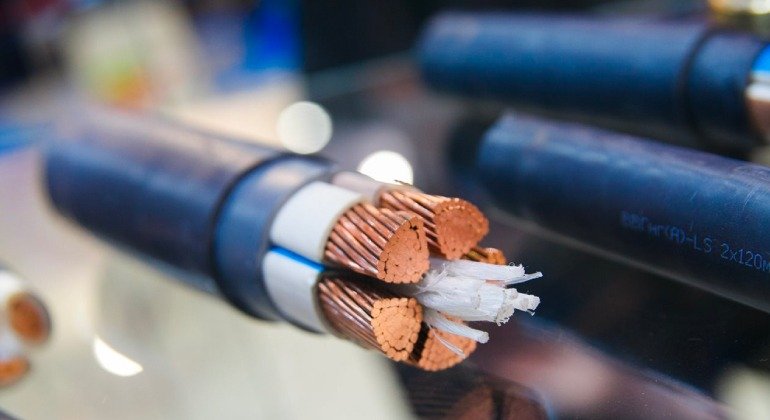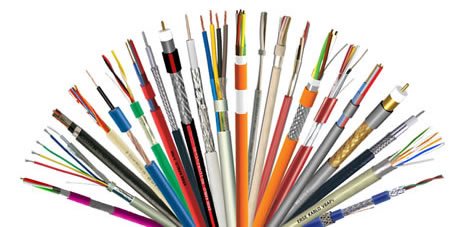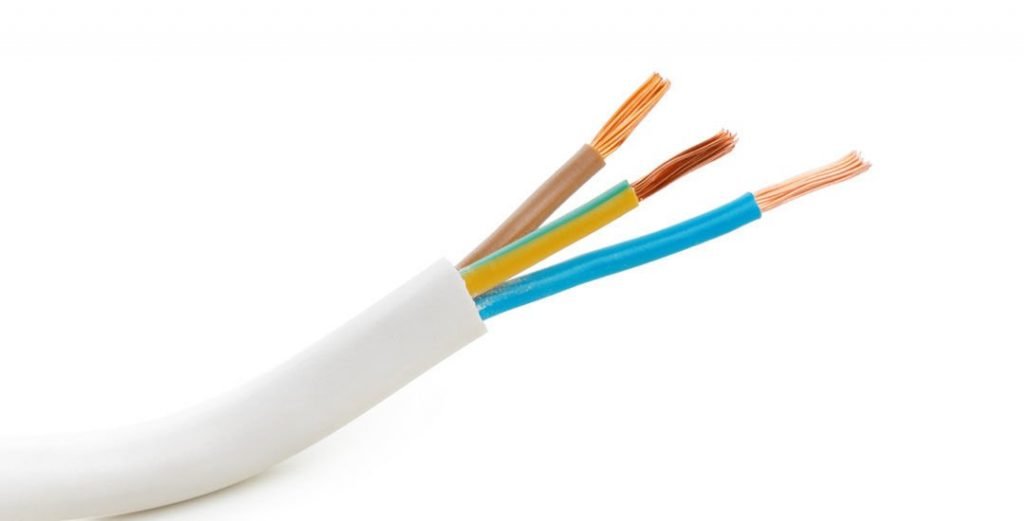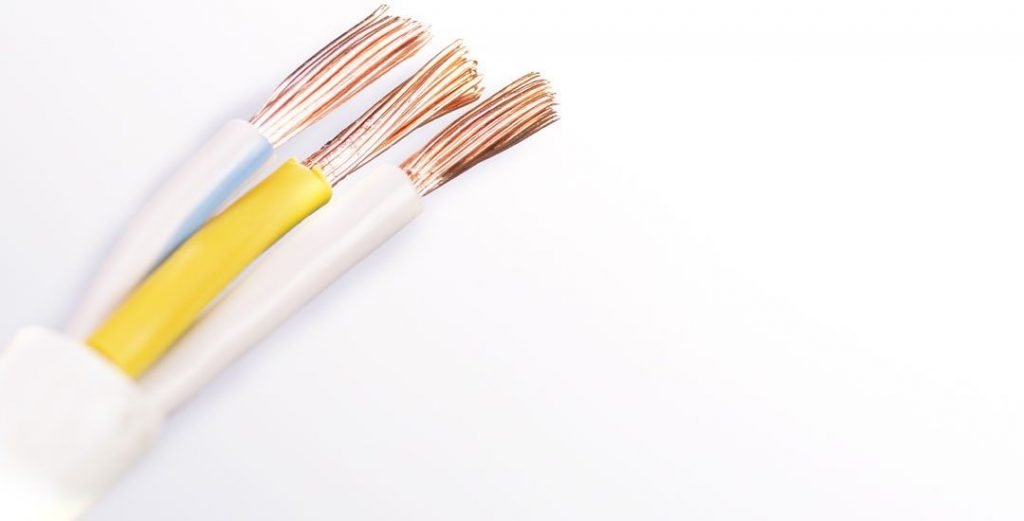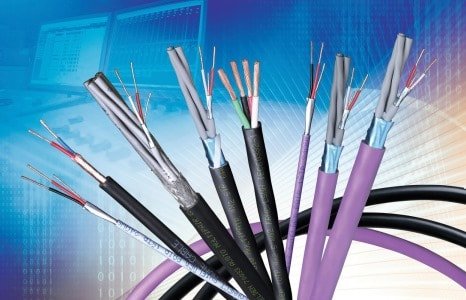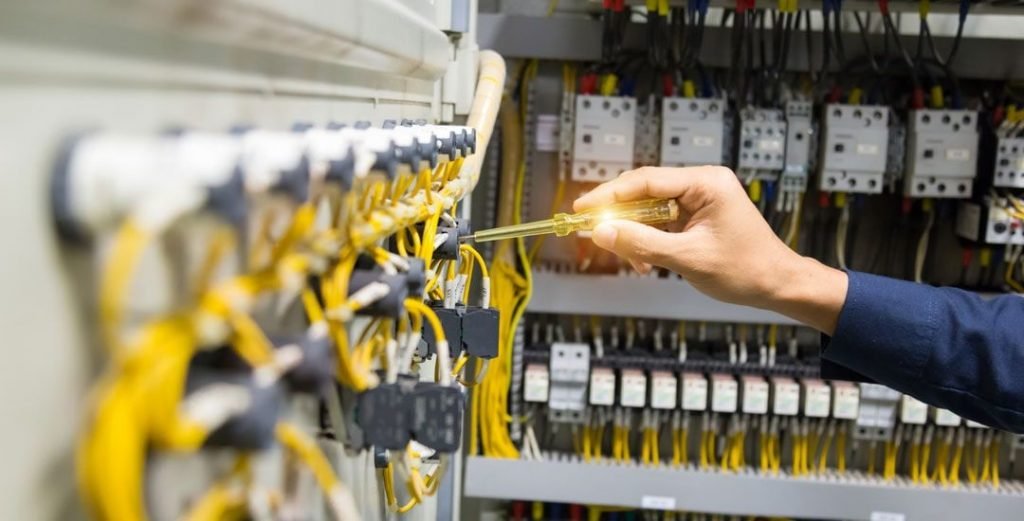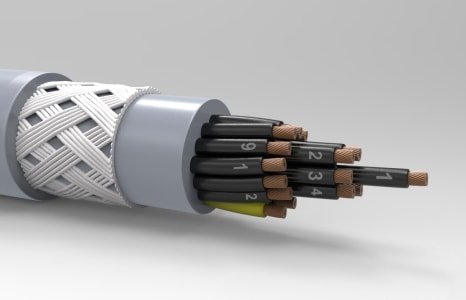
Data Communication Cables, which is a cable group that has a privileged importance among Weak Current Cables;
Data-communication cable can be thought of as an externally insulated conductor wire that carries it from one communication device to another. We will talk about the transport of electricity or the transport of information rather than the transport of energy.
Today, several kinds of cables are used to carry information between two or more devices, and with technology, cables have a structure that is constantly developing for faster data transfer. We’re going to talk about what’s available here.
The process of carrying or transferring information varies structurally and we determine the cable types accordingly. In some cases, data transfers are provided with a single type of Data Communication Cables, while in some special cases, more diverse data communication cables are preferred.
Have you examined the data communication cables offered for sale in the e-commerce system of Moon Elektronik, the solution partner of Baran Kablo, which has become a brand in Turkey in cable production and sales?
Click and discover: Data Communication Cables
We can explain this as follows, the type of data communication cable to be selected is related to the topology, protocol and size of the network to be used. A good understanding of the characteristics of the different types of Data-Lan cables and how they relate to other aspects of the existing network is tantamount to developing a successful network.
Below we will talk about the structures of the most widely produced Data Communication Cables;
1. UTP Structured Cables (Unshielded Twisted Pair)
2. F/UTP Structured Cables (Foil/ Unshielded Twisted Pair)
3. STP Structured Cables (Shielded Twisted Pair)
4. Coaxial Cables
5. Fiber Optic Cables
Among these cables, the first three cables basically have the same structure. But they are separated from each other by a very distinctive difference;
UTP structured cables are the simplest and most widely used cables. The quality of UTP cables varies between telephone cables and very high speed cables. The cable consists of four pairs of insulated wires under the outer sheath. Each pair is twisted with a certain range value, which helps to eliminate interference with adjacent pairs and with other electronic devices. Being narrow or tight in the twist increases the transfer speed, but also increases the cost of the cable. The most commonly used UTP cables have different categories, and each category differs from each other by speed or another argument.
Category Speed Usage Area
Cat1 1 Mbps Audio only transmission. (Telephone Cables)
Cat2 4 Mbps Telephone Cables (Enhanced)
Cat3 16Mbps 10BaseT Ethernet
Cat4 20Mbps Token Ring
Cat5 100 Mbps (2 pairs) 100BaseT Ethernet
1000 Mbps (4 pairs) Gigabit Ethernet
Cat5e 1,000 Mbps Gigabit Ethernet
Cat6 10,000Mbps Gigabit Ethernet
UTP cable may have the most affordable prices as the simplest model, but it should be noted that this cable can be exposed to radio and electrical frequencies. Therefore, workplaces are very important and should be kept away from devices carrying electric motors and fluorescent lighting products. If there is exposure to such potential frequencies in the environment, cable selection should be suitable for such environment, twisted-pair and braided cable should be selected. At the same time, this ensures the most effective result in data exchanges at the farthest distances of the cable.

